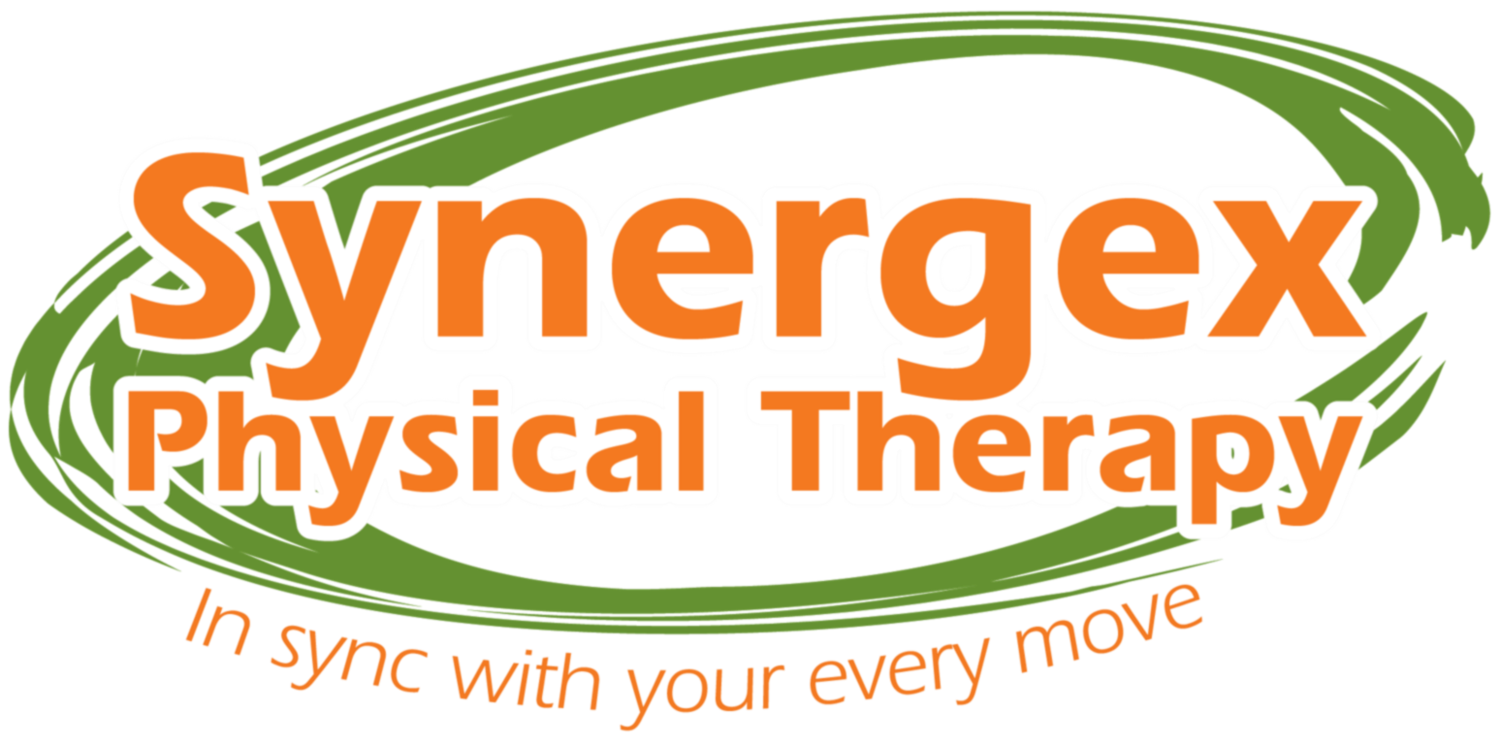Incontinence & Pelvic Floor Therapy
What is the Pelvic Floor?
The pelvic floor is a group of muscles & connective tissue located inside & at the bottom of the pelvis. A healthy pelvic floor:
- Supports the pelvic organs (bladder, uterus, bowels)
- Helps hold in & let out urine or feces on demand
- Supports sexual function & satisfaction
- Works with other muscles that attach to the pelvis to support our daily movement
Signs of an Unhealthy Pelvic Floor:
- Leaking urine from the bladder or feces from the rectum
- Sudden urge to empty bladder or bowel that is difficult to control
- Pressure or heaviness in the abdomen or pelvis
- Painful sexual activity
- Pelvic pain, hip, low back, or sacroiliac (SI) joint pain during or after pregnancy
Just because it’s common, it’s not normal …
Age related changes to the pelvic floor can cause urinary or fecal incontinence but there are ways to gain control over them.
Why an Internal Exam?
The pelvic floor muscles are internally attached to the pelvic bones. Therefore, the optimal way to examine them is through internal palpation. A manual assessment for strength, endurance, relaxation, & coordination through a vaginal and/or rectal exam is an integral part of treating the pelvic floor & is the gold standard. Pelvic organs can also be assessed for prolapse/drop, through internal palpation. However, if you are uncomfortable with an internal assessment or treatment there are other ways in which a Pelvic Health Physi cal therapy will help you through bowel and bladder health education, exercises, & external manual therapy.
Who can benefit from Pelvic Floor Physical therapy?
Women of all age groups young athletes, women who are pregnant, after delivery, perimenopausal , as well as older women can all benefit from information & treatment from a pelvic floor therapist.
When to see a Pelvic Health Physical therapist?
- To address signs of an unhealthy pelvic floor
- To address the pelvic floor to prevent future pelvic health issues:
- Before or during pregnancy (no internal exams during first trimester)
- Six weeks after delivery
- Before any pelvic surgeries & 6-12 weeks post-operatively
Pelvic Health issues before, during, or after Pregnancy are very common and often treatable.
Why See a Pelvic Health Physical Therapist After Delivery?
- Support for healing after C-section or vaginal delivery
- To support return of pelvic floor & abdominal muscle strength & mobility
- To improve pelvic, hip, or low back pain
- To ensure safe return to activity & exercise (e.g. running & lifting weights)
- To help with comfortable return to intercourse
- Information & tools to use to help decrease the risk of pelvic health issues developing in the future
Pelvic Health Goals During Pregnancy
- Improve pelvic floor muscle activation, strength & relaxation
- Support for keeping active during pregnancy
- Exercise & positions for pain management during labour & delivery





